Hyperart: Thomasson by Akasegawa Genpei. Translated by Matthew Fargo. Kaya Press, 2010. 9781885030467. 416 pages.
 Gene: The moment I heard this four years ago, I knew I had to tell you about it. I’m finally done with the book. And it’s yours, to celebrate the end of our time doing Book Threat.
Gene: The moment I heard this four years ago, I knew I had to tell you about it. I’m finally done with the book. And it’s yours, to celebrate the end of our time doing Book Threat.
(We listen to this episode of 99% Invisible, and you should, too — it’s one of my favorite episodes of one of my favorite podcasts. It’s about vestigial parts of cities, architectural leftovers that are both maintained and useless. Think staircases to nowhere. Akasegawa thought these were a kind of art. He called them Thomassons, after Gary Thomasson, a great pro baseball player who was hired to play in Japan at the end of his career, where he didn’t live up to expectations (but collected a paycheck anyway). Akasegawa didn’t mean anything bad by naming these useless bits of architecture after him, apparently, but Gary Thomasson and his family aren’t happy with this eponym.))
Sarah: Roman Mars [the host of 99% Invisible] is obsessed with eponyms. He appears every year on the eponym episode of another podcast, The Allusionist, which the host does just for him.
Gene: Look at this book! I have tried to read it, but I have to confess I’m not able to read something like this cover to cover, I just kind of flip though it once in a while. These are the articles on Thomassons that Akasegawa published. Look at The Pointless Gate — it doesn’t go anywhere!
S: Think about the people who maintain it. They don’t want it to get ugly!
G: There’s a spigot in my basement that doesn’t do anything.
S: You can’t let that look like shit! I think about the houses in Levittown, post-war, the big symbol of suburban conformity. I saw a photo of one that had a big space under the stairs for a cabinet television and I thought about how quickly TVs changed shape and size. But that cabinet space is still there.
G: This is an awning above some hydrangea leaves. It looks like a shelf.
And here’s a triangle of space, with a handrail that separates part of the stairs from the rest of them and creates a space that there’s no good way into (unless you jump the railing). How did the building change to create that?
Every time I look through this book I find something I feel like I haven’t seen before.
S: A wooden telephone pole cut off at waist height.
G: It’s still got the metal band around it, and it’s next to the new concrete telephone pole.
S: There used to be an offramp to nowhere in Seattle.
G: I think the state finished it and it goes to where the stadiums are now, at the end of I-90. Stadiums? Stadia?
S: I had a water heater that had two emergency overflow valves because at some point someone must have said oh, this doesn’t have one. And they installed one but they just didn’t see the other, and now there are two.
G: Look, here’s my receipt for this book. I bought it in 2014 right after hearing the episode of the podcast.
S: That’s not too bad. I have older unread books than that.
G: But I read as much of it as I’ve read in about two weeks. I’ve been peeking at it now and then, and once in a while I even throw it in my bag and carry it around for a few days. But I can’t finish it. I don’t read nonfiction very much. And now it’s yours. It could be worth big bucks. It’s got a blurb from Yoko Ono on it. That is a book for you, a very 80s looking book, if you accept it.
S: I accept this book into my heart.
G: You don’t have to die with this book in your hands, though. I release you from having to hold onto it forever.
G: I’ve enjoyed our time reviewing books together.
S: I have, too.
G: I’m sure we’ll still talk about books, but privately now. And we’ll stop recording ourselves doing that…now. (click)
PS: Sarah is getting serious about a writing project, which is going to be awesome! Gene is going to keep reviewing books (mostly graphic novels), but he’ll be posting them on librarycomic.com and to it’s social media feeds starting in November 2018. (If you want to make sure you see them, please sign up for Library Comic’s newsletter or you can follow just the reviews via this link.)
Thanks again for sticking with us!
-Gene and Sarah
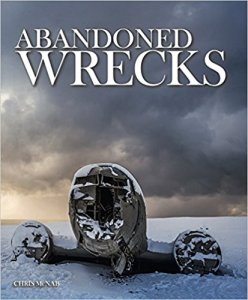
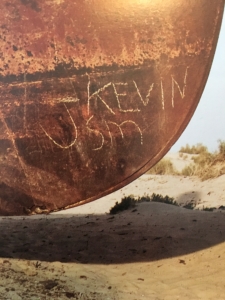
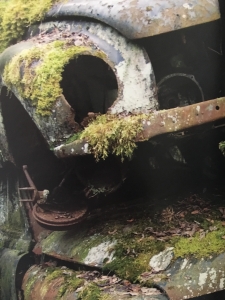


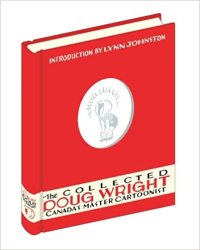


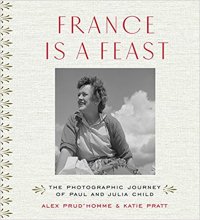

 Only What’s Necessary: Charles M. Schulz And The Art Of Peanuts
Only What’s Necessary: Charles M. Schulz And The Art Of Peanuts  S: I have no idea why we loved Peanuts and Garfield so much because I think we didn’t get any of the jokes!
S: I have no idea why we loved Peanuts and Garfield so much because I think we didn’t get any of the jokes!